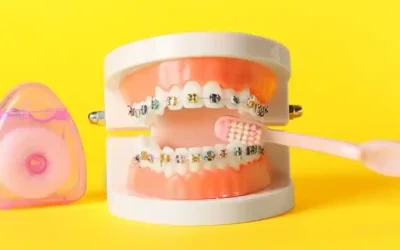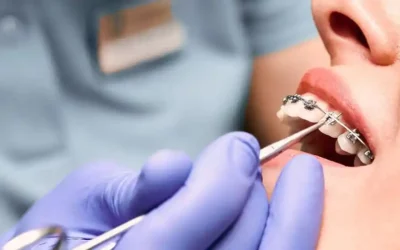At first blush, many patients consider orthodontic treatments to be a purely cosmetic solution that offers little benefit outside of aesthetics. But, nothing could be further from the truth! Indeed, orthodontia does much more than create beautiful smiles–it helps enhance one’s dental and systemic health for years to come. However, many individuals are concerned about the financial aspect of orthodontics, leading many patients to wonder: Are orthodontics covered by dental insurance?
In this blog post, we delve into the topic of dental insurance coverage for orthodontic treatments. We provide you with a comprehensive overview of treatments that insurance companies usually fully cover, partially cover, and do not cover at all. We also explore alternative ways for patients to save money on orthodontia outside of insurance coverage to make treatment more accessible for more patients.
Orthodontic Treatments Covered by Dental Insurance
Depending on the patient’s insurance coverage and the treatments that they need, patients can expect full, partial, or no coverage for orthodontia. Let’s explore some common treatments and how much insurance coverage they typically have now.
Fully-Covered Treatments
Some dental insurance plans provide full coverage for certain orthodontic treatments, typically for individuals under the age of 18. These treatments may include:
Traditional metal braces: Many dental insurance plans fully cover traditional metal braces for kids and teens. This may be because insurance companies recognize the importance of orthodontic intervention during early developmental stages.
Clear aligners: In recent years, clear aligner systems (like Invisalign®) have revolutionized orthodontia. Some dental insurance plans may fully cover clear aligner treatments, especially for younger patients who require phase-one intervention.
Partially-Covered Treatments
Depending on your dental insurance, certain orthodontic treatments may be partially covered. This means that the patient may be responsible for a portion of the cost.
These treatments can vary depending on the insurance plan and individual circumstances. Examples of services that may be partially covered by insurance companies include:
Ceramic braces: Ceramic braces are more discreet than traditional metal braces, but they do tend to be more expensive. Dental insurances may cover a portion of the cost, while the patient is responsible for the remainder.
Lingual braces: Dentists place lingual braces on the backside of the teeth, making them virtually invisible. Some insurance plans may partially cover lingual braces, but you should consult your insurance provider for specific details.
Orthodontic Treatments Not Typically Covered by Dental Insurance
As a general rule, it is best to assume that your insurance will not cover a treatment unless otherwise stated on your plan. That’s why it is so important to fully read and understand your insurance plan before committing to costly orthodontic treatments.
Nevertheless, there are a couple of instances where you can safely assume that your insurance company may resist full or partial coverage, including:
Adult Orthodontics
Most dental insurance plans focus on covering orthodontic treatments for children and teenagers, as they recognize the significance of early intervention. Therefore, most insurance plans may not cover adult orthodontics, or they may have very limited coverage for adults.
Cosmetic Orthodontics
Procedures that are primarily aimed at improving aesthetics rather than addressing functional issues may not be covered by dental insurance. This may include treatments such as:
- Tooth reshaping
- Cosmetic bonding
- Veneers
Saving Money on Orthodontic Treatments Outside of Insurance Coverage
While dental insurance coverage for orthodontics can be limited, there are alternative ways for patients to save money on these treatments, including:
Flexible Spending Accounts (FSAs) and Health Savings Accounts (HSAs)
These accounts are similar to escrow accounts, allowing individuals to set aside money for medical expenses, including orthodontic treatments. Utilizing FSAs or HSAs can help reduce the overall cost of orthodontic care.
Orthodontic Financing Plans
Many orthodontic practices offer financing options that allow patients to pay for treatments in installments over an extended period. These plans often come with low or no interest, making them an affordable alternative to dental insurance.
Free or Reduced-Rate Services at Dental Schools and Clinics
Dental schools and clinics may offer reduced-cost orthodontic treatments performed by supervised dental students or faculty members. While the treatment may take longer, it can be a cost-effective option for patients seeking affordable orthodontic care.
Are Orthodontics Covered by Dental Insurance? Find Out Now!
While dental insurance coverage for orthodontics varies, it is important to understand the treatments that are typically fully covered, partially covered, and not covered by insurance. It is also important to understand alternative financing options outside of insurance coverage for affordable and attainable orthodontic care.
Always be sure to fully review your insurance plan before committing to costly orthodontic procedures. If you need help deciphering your plan, contact our team for expert advice!
Need an Orthodontics Appointment For You or Your Child?
Ready to take the first step toward your best smile? Our team is always available to answer any questions you may have. Call one of our offices near you during business hours or book online anytime.



